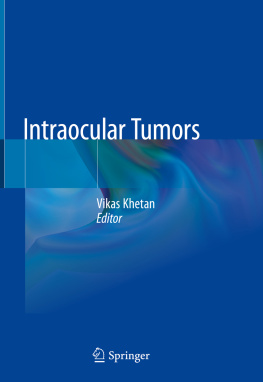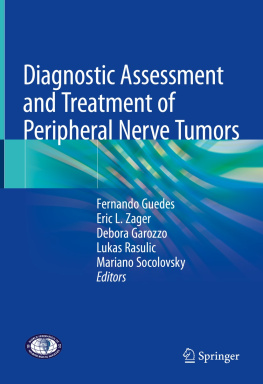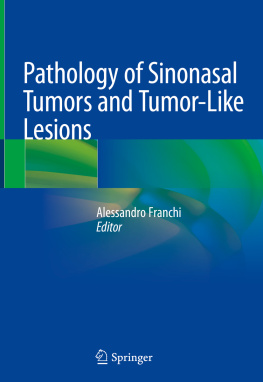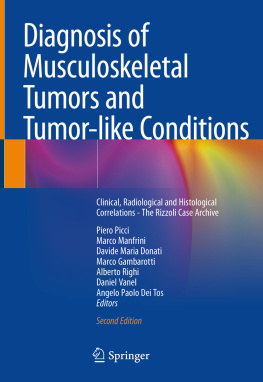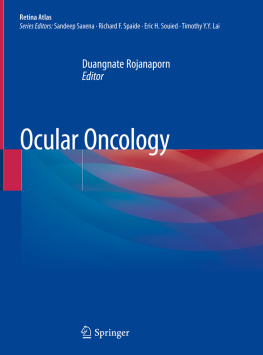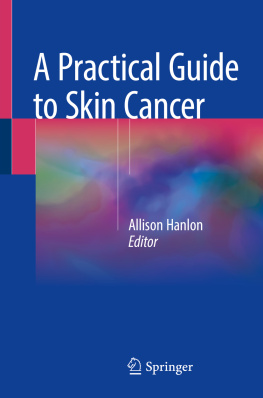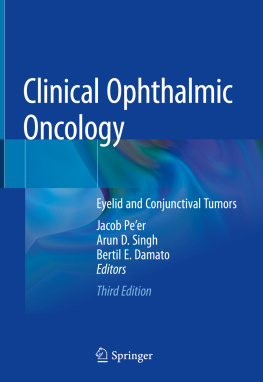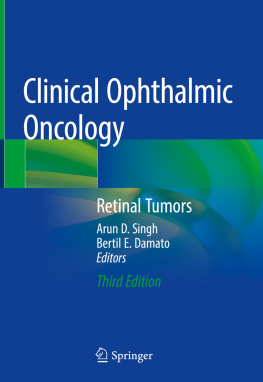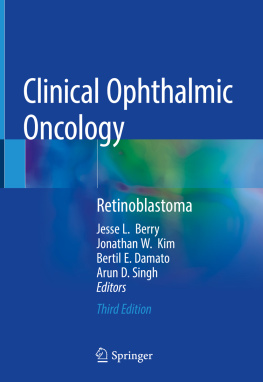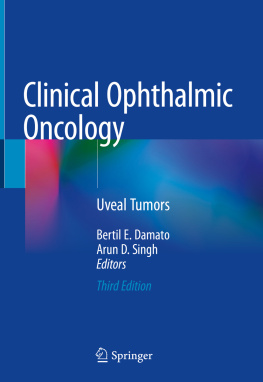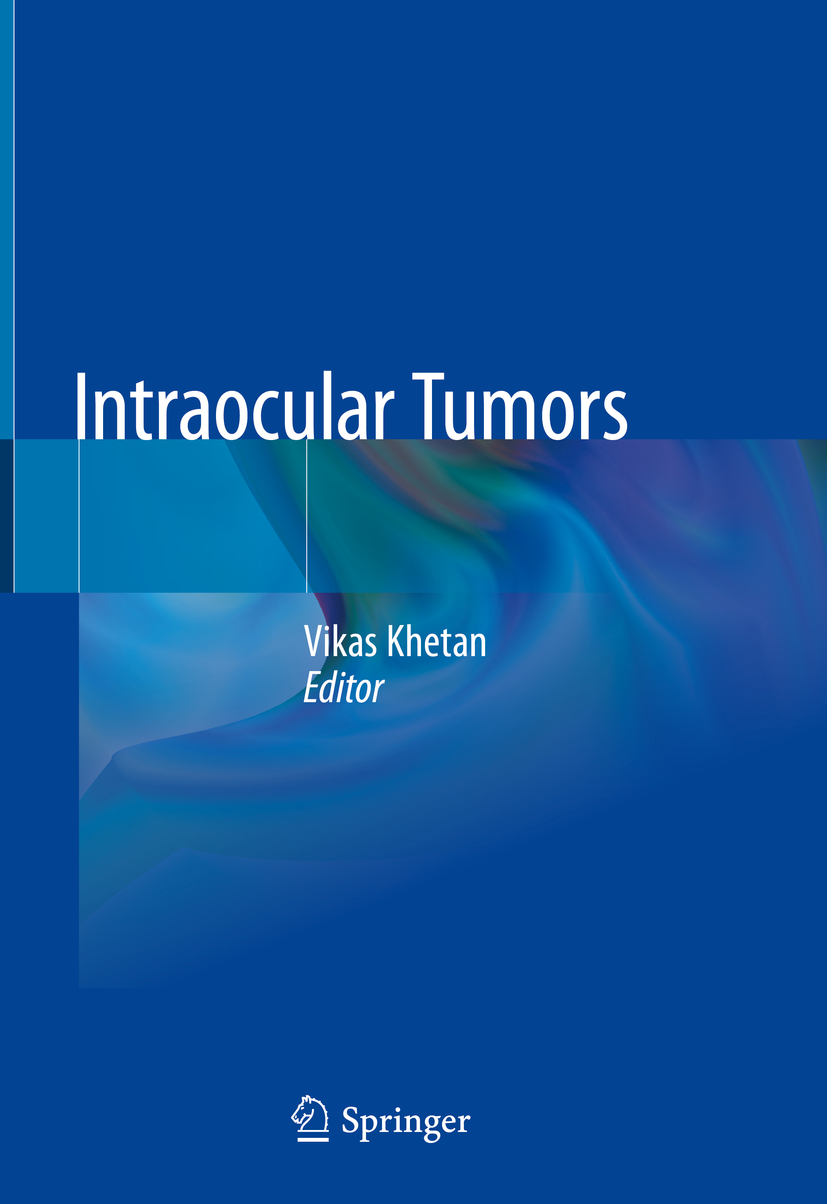Editor
Vikas Khetan
Sankara Nethralaya, Chennai, Tamil Nadu, India
ISBN 978-981-15-0394-8 e-ISBN 978-981-15-0395-5
https://doi.org/10.1007/978-981-15-0395-5
Springer Nature Singapore Pte Ltd. 2020
This work is subject to copyright. All rights are reserved by the Publisher, whether the whole or part of the material is concerned, specifically the rights of translation, reprinting, reuse of illustrations, recitation, broadcasting, reproduction on microfilms or in any other physical way, and transmission or information storage and retrieval, electronic adaptation, computer software, or by similar or dissimilar methodology now known or hereafter developed.
The use of general descriptive names, registered names, trademarks, service marks, etc. in this publication does not imply, even in the absence of a specific statement, that such names are exempt from the relevant protective laws and regulations and therefore free for general use.
The publisher, the authors, and the editors are safe to assume that the advice and information in this book are believed to be true and accurate at the date of publication. Neither the publisher nor the authors or the editors give a warranty, expressed or implied, with respect to the material contained herein or for any errors or omissions that may have been made. The publisher remains neutral with regard to jurisdictional claims in published maps and institutional affiliations.
This Springer imprint is published by the registered company Springer Nature Singapore Pte Ltd.
The registered company address is: 152 Beach Road, #21-01/04 Gateway East, Singapore 189721, Singapore
Foreword by Brenda Gallie
Dr. Khetan has assembled strong leaders in ocular oncology, representing the multidisciplinary teams required for optimal care of intraocular tumors. The chapters show various approaches, with input from many geographic regions addressing the major intraocular tumors, that are biologically the same, no matter where the patients live.
Readers at all levels of expertise, ranging from general ophthalmologists and trainees to expert consultants, can find useful details in this book. The knowledge provided ranges from the very earliest history of these cancers to envisioning incorporation of personalized genomic knowledge into care, the future that is arriving quickly.
Several of the chapters describe the same elements, illustrating different approaches. Major differences are of interest, for example, the retinoblastoma prognosis to save an eye: different chapters cite systems that are significantly different, but generally they all recognize the difficulties this creates and welcome the newest, evidence-based, TNMH standard classification, developed by international collaboration and published in 2017 in the major Tumor, Node, Metastasis cancer staging manual. Incorporation of H for heritability shows the leadership of the field of ocular oncology in cancer in general; retinoblastoma is the first cancer in which heritability is recognized to influence outcome.
Against the historic background of the Cooperative Ocular Melanoma Study, which demonstrated that multicenter collaboration works, the current concern about accurately counseling the patient on prognosis emerges as a hot topic with many viewpoints that may best be resolved by good data and evidence.
Consistent in all chapters is support for collaborative research to generate a sound basis for treatment of ocular cancers! This book provides a good base to achieve high-quality evidence in support of the best care for our patients.
This book is not to be read from beginning to end. Rather, the reader can focus on finding details for their clinical or scientific issue at hand. Many chapters may be relevant, and frequently authors cross-reference so that the reviewer can also consider information in a different chapter.
Congratulations to Dr. Khetan! You have succeeded in leading a large multidisciplinary team, who have all contributed to produce a novel and useful book on intraocular tumors.
Brenda Gallie
Foreword by Lingam Gopal
Subspecialization (or super specialization) is at the same time a boon and a bane. Very rapidly what was within the competence of a general ophthalmologist becomes the domain of the specialist (of course) with better quality of care being delivered. Ocular oncology has grown to be a distinct subspecialty in ophthalmology, courtesy some landmark developments in the management of common intraocular tumors. The developments in the field of imaging, chemotherapy, and genetics have been nothing short of being phenomenal. The force that drives these rapid strides is passion for the specialty and the ardent desire to make a difference.
Vikas Khetan has that passion. Ever since he became a vitreo-retinal fellow first, and then a fellow with the legendary Dr. Brenda Galle, this passion has been evident. In addition to making a difference to the way the specialty is practiced in his place of work, he strived to bring together like-minded people across the region to create forums for interaction.
It is this desire to disseminate knowledge that made him to bring together luminaries in the field and make them contribute to this textbook. This book does not pretend to be an all-encompassing encyclopedia of ocular oncology, but concentrates on the more common intraocular tumors. Retinoblastoma and choroidal melanoma take the center stage with detailed exposition of the diagnostic, genetic, and therapeutic aspects. General topics include imaging of ocular tumors (from ophthalmologists and radiologists perspective), pathology of intraocular tumors, management of the anophthalmic socket, and the art of counseling. Most of the chapters were written by internationally renowned ocular oncologists with decades of experience in the art and science of treating patients with intraocular tumors.
I am sure this textbook will be a good addendum to the practitioners of ocular oncology in delivering quality care, utilizing all available tools to control the tumors.
Lingam Gopal
Singapore
September 2018
Preface
Ocular oncology is an emerging subspecialty in ophthalmology that is gradually making a place for itself. At the time of writing this text book, it is estimated that there are about 200250 ocular oncologists all over the world. In India, until a few years ago there were only a handful of trained ocular oncologists; however, there is an encouraging trend and a lot of youngsters are now taking up this specialty. The world of ocular oncology is developing at a very rapid pace, and newer treatment modalities are emerging every other day.
The aim of the book is to provide the readers with a basic, yet detailed reference for a variety of intraocular tumors. Most of the chapters in the book are written by world experts. I hope it helps our readers in understanding the nuances of intraocular tumors.
I would like to offer my deepest thanks to the families and children who allowed us the privilege of participating in their care.
This work would not have been possible without the support of my family and friends. The time that I spent on this project was taken out the time from my spouse and child, and I am thankful to them for letting me do this.

